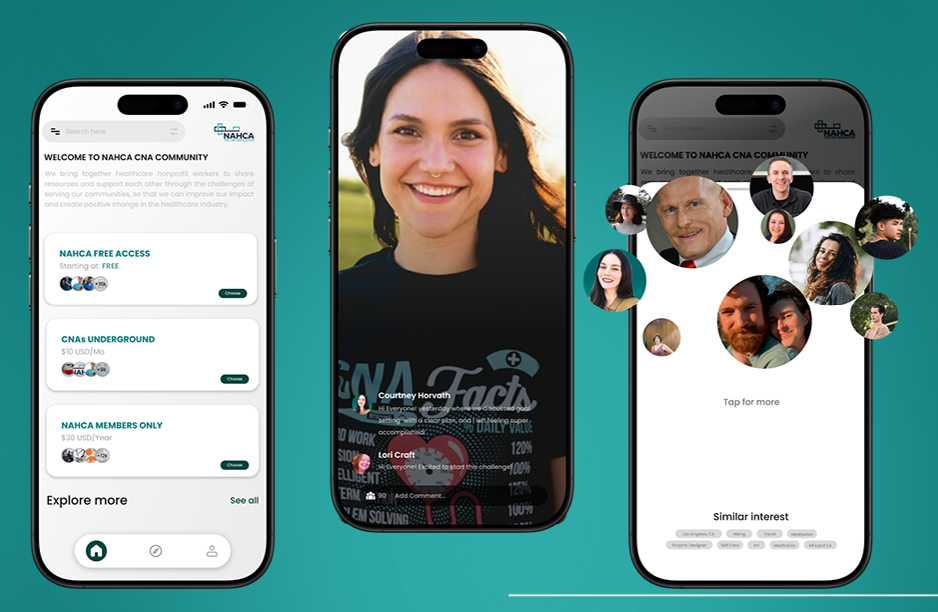Service recovery in healthcare is a process designed to identify where service has failed the customer, then rectifying the issue to regain trust and loyalty from the customer which will keep them returning to your company for the care they are seeking.
So, put in a simpler way, service recovery is making right what went wrong. We all know that it is not always human error that creates dissatisfied customers, sometimes it’s technical issues or maybe the customer has a perception of one thing that isn’t realistic in terms of how the service actually works. Regardless, we all play a role in rectifying the issue to keep our customers happy and returning to our place of employment for care.

In this article we refer to our customers, which in reality even in healthcare the people we provide care for are customers for our employers; but to us they are our patients, residents, clients, and family members. So in this article we are going to look at this from a business standpoint and give you a glimpse from the other side of the glass.
Why It’s important
Why would this be important to you? Well, regardless of the position you hold in the company, we need to be able to look at things from both the employee side and the business side, so we have a full understanding of the importance of keeping our customers’ trust and loyalty. Not to mention they keep you employed by returning to the company you work for.
Let’s look at some issues that could lead to a dissatisfied customer:
- The patient’s clothes or supplies are missing or misplaced.
- The family called to check on their family member and was left on hold and no one answered.
- Their diagnostic test was scheduled at a certain time and it still has not been done yet.
- Waiting to see the doctor has taken too long.
- It took too long to answer the call light.
- You called ahead and set a time to be at a patient’s home, but ran into traffic and was late, family is upset.
What to Do
The list could go on and on, but in reality, at that moment they are a dissatisfied customer, so what do you do?
- The first step would be to acknowledge the concerns of the customer and get the details of the problem, so you know who to report the issue to in order to help fix the problem.
- Show empathy toward their situation. Dissatisfied customers want to know you feel their frustration and understand where they are coming from.
- Apologize. Dissatisfied customers want someone to take ownership of the problem. Remember you’re not apologizing for anything you did wrong; you’re apologizing that the situation happened.
- Resolve the issue- If you can easily fix the problem that is great, the sooner the better. But if it requires someone in management, make sure you communicate to the customer you will let the appropriate people know and someone will be reaching out to them. If you can get someone to come talk to them at that time then do so, if not make sure to follow up with the person you reported it to and ensure the issue was addressed and resolved.
Service recovery does not end here. Oh, no. It requires diligent follow up from the management and corporate side also. In this day and age, there are so many ways customers can let their dissatisfaction be known to the public. Customers do not think twice about turning to social media to let the world know they are unhappy with services rendered. I have seen people go live on Facebook while still inside the building, make posts on Facebook, google reviews or post bad reviews on the company website.
Staving Off Bad Reviews
Unfortunately, people will post dissatisfied comments faster than they will post positive reviews. This is where behind the scenes the company has to watch diligently to catch these negative reviews, respond to them and try to rectify the issue. Another way the company tries to spearhead bad reviews and follow up with service recovery is to send out customer satisfaction surveys. Here they gain feedback not only on the negative side but they learn about what can be improved upon that can make the experience better for the customers and staff.
A company with a good service recovery strategy will include all team members by providing them with not only the negative comments but the process and how it worked and future improvements from all sides to create a more positive experience for their customers. It is a team effort.
Last but not least, unfortunately you can’t please everyone, it is impossible to avoid dissatisfied patients or family members no matter the area of healthcare you work in. What does matter is how quickly you or your team can resolve a negative reaction and turn it around to recover service and make it a positive outcome.
You are service recovery; you have the power to change the negative to positive and save the experience




